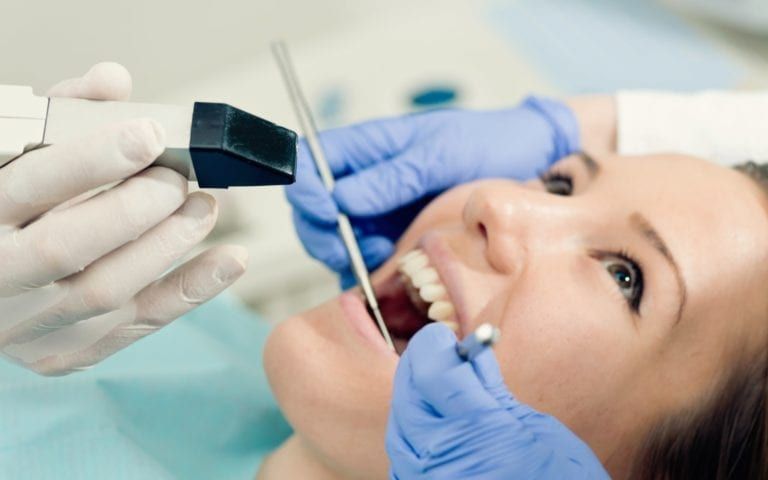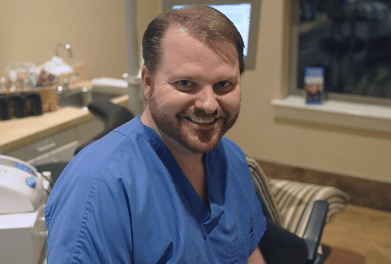If you’re looking forward to your latest dental restoration, then one of the fascinating aspects of getting a restoration is the process behind it. Whether it involves getting you a new crown, a set of dentures, or a complete implant restoration, then the team behind your favorite dentist is the one to thank for the amazing artistry and skill behind crafting your smile. This team of dental laboratory technicians work each day to design replacement teeth based on the grooves and fissures of your mouth and cater to the needs of each patient through selective technology, such as 3D printers, digital scanners, and other devices made to make your smile shine the brightest.
How Tooth Restorations Are Made
Dental restorations go through a detailed, meticulous process when being created. The process of creating dental restorations highly depends on factors ranging from the dentist-dental lab partnership, the quality and reputation of those practices, the technical standards and protocols set in place to protect dentists and technicians, and most of all, the requirements and specifications involved in creating the patient’s device. Overall, sources from the Occupational & Environmental Medicine journal outline the details involved in creating dental restorations and follow these steps to make your restoration possible:
- Impressions: Your dentist first gains the specifications of your mouth, including the dimensions of the missing or damaged teeth. Your dentist will either use alginate molds or digital scanners to get those specifications. Alginate molds are algae-based plaster that the dentist places in the patient’s mouth to get the fine details and grooves to make an impression of their mouth. As a more traditional way of gaining impressions, this method has less accuracy and can taste bad to the patient depending on the product. Intraoral scanners provide patients with a digital format for gaining a mouth model and only require a small scanner inside the mouth to get the impression.
- Creating The Model: After the impression is made, your dentist will most likely send the impression to their trusted dental technician, along with the specifications of the type of restoration needed. From there, the technician will create a model of the apparatus that mimics jaw movement, tooth structure, and bite control of the patient’s mouth. The model will then be used as a base for the restoration. Some laboratories will use 3D printers to create the restoration and skip the model process in some cases.
- Print/Sculpting: The final aspect of the technician’s job is to create the prosthetic using the specifications and model created. For more traditional methods, sandblasting and porcelain furnace baking will mold the materials required for the device onto the model. It will use various products to create a seal-tight finish. For technicians that use 3D printers, the 3D printer will contain the materials used to design the device and will automatically print out the device to a more accurate degree.
Learn More About Dental Restorations
If you have a fantastic relationship with your dentist, then you know that the teams they trust will be able to serve you best in getting the dental treatment you need for your natural-looking smile. As a critical part of the oral health care team, remember to thank their technician for the hard work and keep on smiling!

